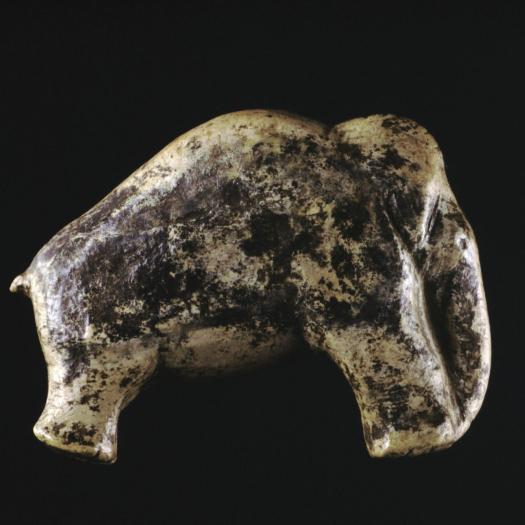The ivory statuettes of the Swabian Jura: re-evaluating interpretative models for the earliest figurative art


Mardi 29 novembre 2022 à 16h30 en salle Chevalier (MH) et visioconférence, par Ria Litzenberg (PhD student, Department of Early Prehistory and Quaternary Ecology, Eberhard Karls University of Tübingen)
Intervenante : Ria Litzenberg (PhD student, Department of Early Prehistory and Quaternary Ecology, Eberhard Karls University of Tübingen)
Résumé :
The Swabian Jura is probably the most important find region for the early Upper Paleolithic in Germany. Particularly well known are the ivory statuettes from the Aurignacian, which were found in four caves: Hohle Fels, Geißenklösterle, Hohlenstein-Stadel and Vogelherd. They are considered to be examples of the world’s earliest figurative art, depicting animals and humans in a three-dimensional form. The Swabian Aurignacian has been intensively studied for many decades, but the actual meaning of this unique ensemble of early art still remains unclear. What purpose or function did they have? What can they tell us about the people and groups behind them and their realities and beliefs? The presentation focuses on the various interpretative models surrounding these objects. Since the discovery of the first statuettes in 1931, many different hypotheses have been put forward: hunting magic, fertility, shamanism, memory aids, notation systems, toys, etc. The talk discusses some of these possible explanations and tries to critically examine them.
